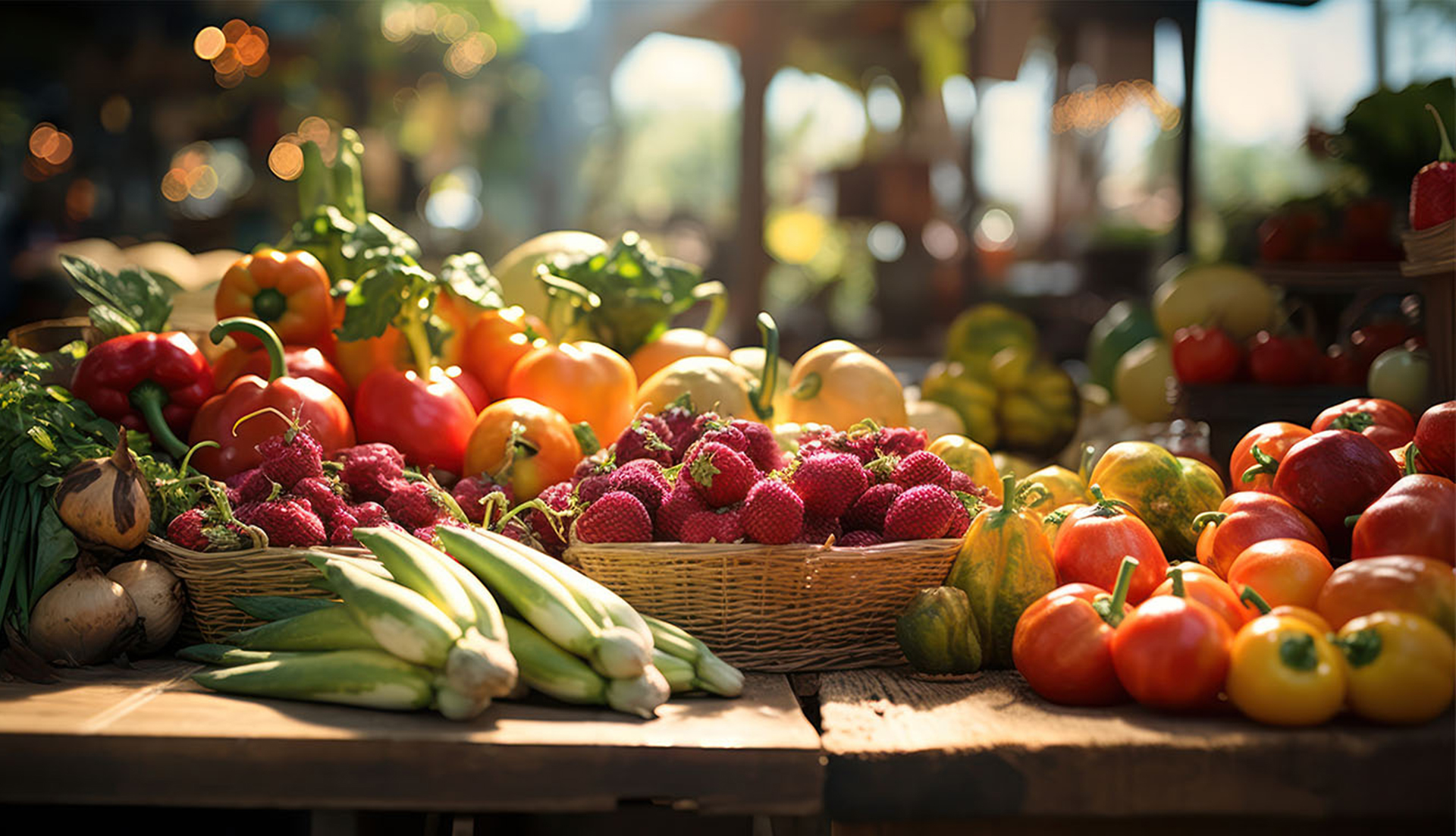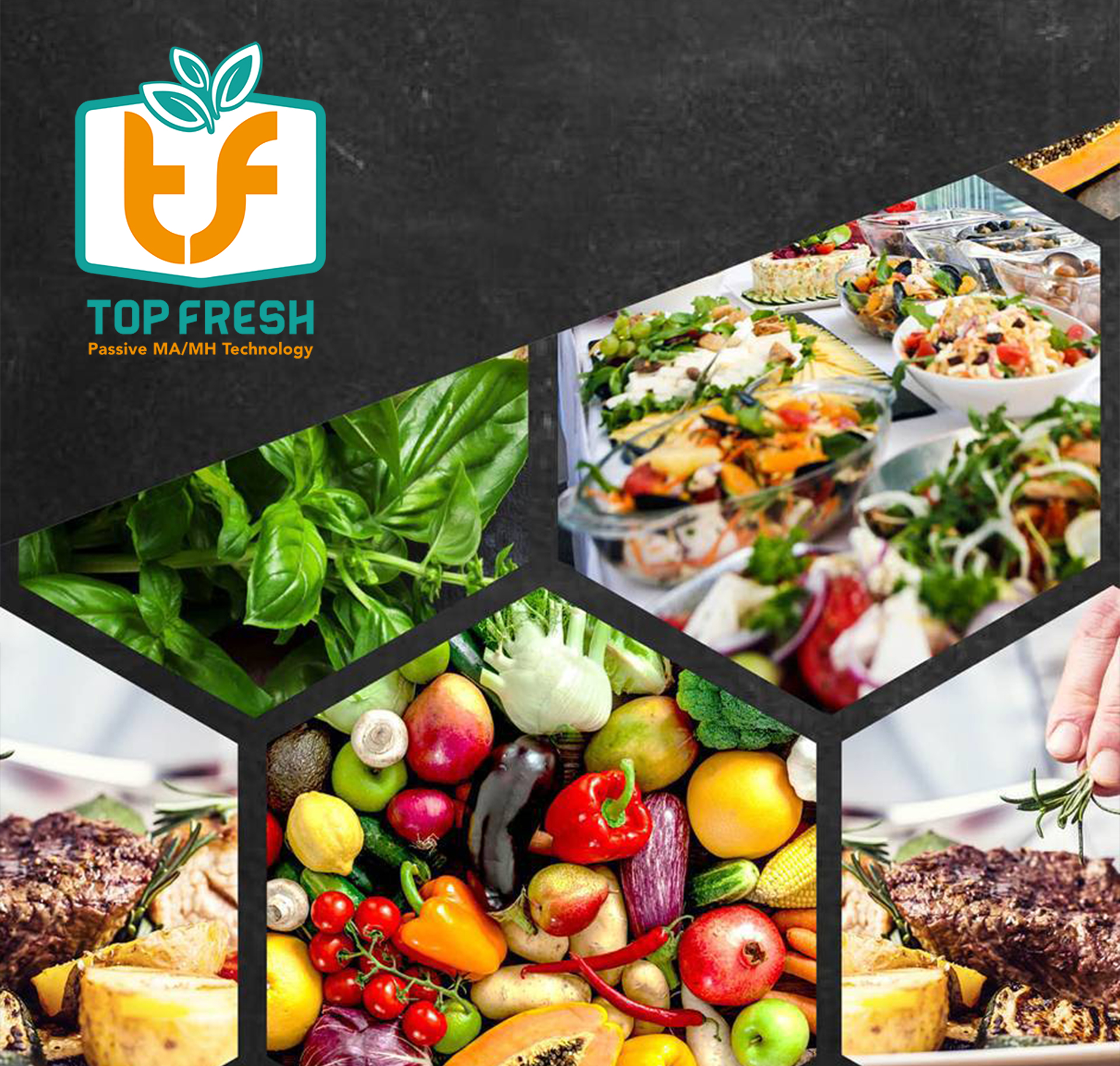TopFresh Services
Postharvest shelf life Services
Once vegetables and fruits harvested they are subject to the active process of degradation.
Numerous (biochemical processes) continuously change the original composition of the produce until it becomes unmarketable.
The period during which consumption is considered acceptable is defined as the time of “postharvest shelf life”

TopFresh is offering its expertise to its customers in the filed of postharvest shelf life extension

Cold chain management Services
Fresh fruits and vegetables are living tissues, although they are no longer attached to the plant. They breathe, just as humans do, and their composition and physiology continue to change after harvest.
They continue to ripen and, finally, they begin to die.
Cellular breakdown and death are inevitable, but can be slowed with optimal storage conditions.
Fresh fruits and vegetables need low temperatures (0 C to 1.5C) and high relative humidity (80 to 95 percent) to lower respiration and to slow metabolic and transpiration rates.
By slowing these processes, water loss is reduced and food value, quality and energy reserves are maintained.

